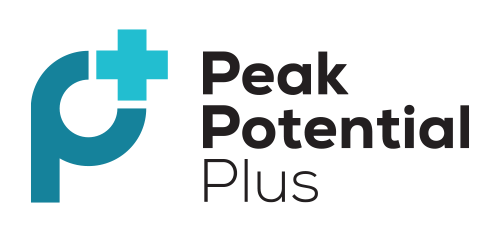Introduction
In today’s fast-paced and demanding world, burnout has emerged as a pervasive issue affecting individuals across all walks of life. Defined as a state of chronic workplace stress that has not been successfully managed, burnout can have profound implications for both individuals and society at large. In this article, we delve into the depths of burnout, exploring its causes, signs, consequences, and most importantly, strategies for prevention and recovery.
Understanding Burnout
At the core of burnout lie three dimensions: emotional exhaustion, depersonalization, and reduced personal accomplishment. Emotional exhaustion manifests as feelings of fatigue and being drained of energy, while depersonalization involves developing negative or cynical attitudes towards work and the people you serve. Reduced personal accomplishment, the third dimension, entails a decline in one’s sense of competence and achievement. These dimensions often stem from a combination of work-related stressors, organizational factors such as high workload and lack of autonomy, and personal factors like perfectionism or lack of social support.
The Silent Epidemic Unveiled
Despite its prevalence, burnout often goes unnoticed or unaddressed, earning it the title of the silent epidemic. It transcends boundaries of age, gender, profession, and socioeconomic status, affecting individuals across various sectors, including healthcare, education, corporate, and beyond. The repercussions of burnout extend far beyond the individual, impacting organizational productivity, healthcare costs, and societal well-being.
Signs and Symptoms of Burnout
Recognizing burnout requires an awareness of its signs and symptoms, which can manifest physically, emotionally, and behaviorally. Physical symptoms may include persistent fatigue, headaches, and sleep disturbances. Emotionally, individuals may experience irritability, cynicism, and a sense of detachment from their work. Behaviorally, burnout can manifest as decreased productivity, increased absenteeism, and withdrawal from social activities.
Recognizing Burnout in Yourself and Others
Self-awareness is key to recognizing burnout in oneself. It involves understanding one’s own limits, stressors, and early warning signs of burnout. Additionally, observing behavioral changes in colleagues or loved ones can signal the onset of burnout, highlighting the importance of open communication and support.
Consequences of Ignoring Burnout
Ignoring burnout can lead to serious consequences, both for individuals and the organizations they belong to. From long-term health implications such as cardiovascular disease, depression, and anxiety to diminished work performance and strained relationships, the impact of burnout can be far-reaching and debilitating.
Strategies for Prevention and Management
Preventing and managing burnout requires a multi-faceted approach. At the individual level, practicing self-care, setting boundaries, and seeking support are essential. Organizations can play a crucial role in promoting work-life balance, fostering a supportive culture, and providing resources for stress management. At the community level, raising awareness, destigmatizing mental health issues, and advocating for policy changes are key interventions.
Overcoming Burnout: Steps to Recovery
Recovering from burnout begins with acceptance and acknowledgment of the condition. It entails identifying underlying causes and triggers, developing a personalized plan for recovery, and seeking professional help when needed. While the journey to recovery may be challenging, it is a necessary step towards reclaiming one’s well-being and vitality.
Cultivating Resilience and Wellbeing
Building resilience is essential for navigating the challenges of modern life and preventing burnout. This involves practicing mindfulness, prioritizing self-care, and nurturing supportive relationships. By incorporating activities that bring joy and fulfillment into our lives, we can enhance our resilience and safeguard our mental and emotional well-being.
Conclusion
In conclusion, burnout is a silent epidemic that permeates modern society, affecting individuals, organizations, and communities alike. By increasing awareness, fostering open dialogue, and implementing proactive strategies for prevention and recovery, we can combat burnout and cultivate a culture of well-being and resilience. It is through collective effort and empowerment that we can overcome the silent epidemic of burnout and thrive in both our personal and professional lives.




















